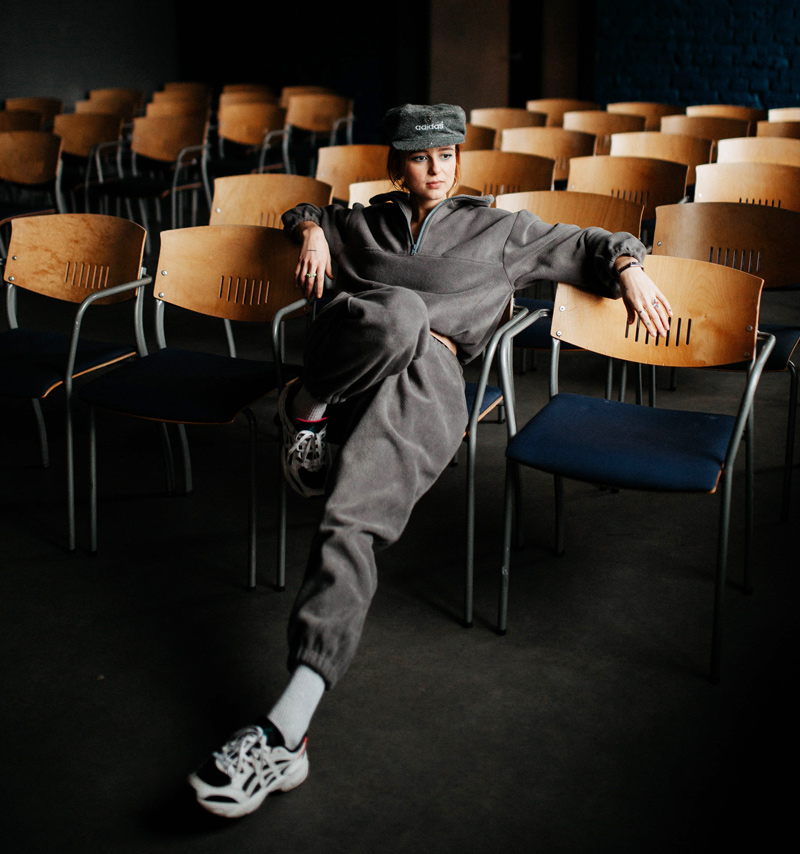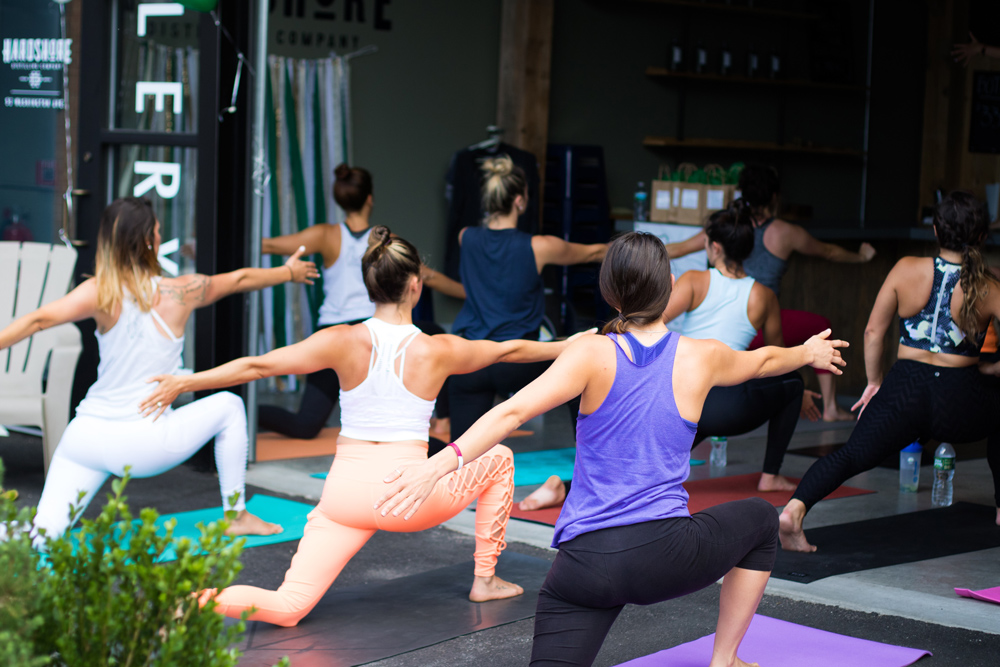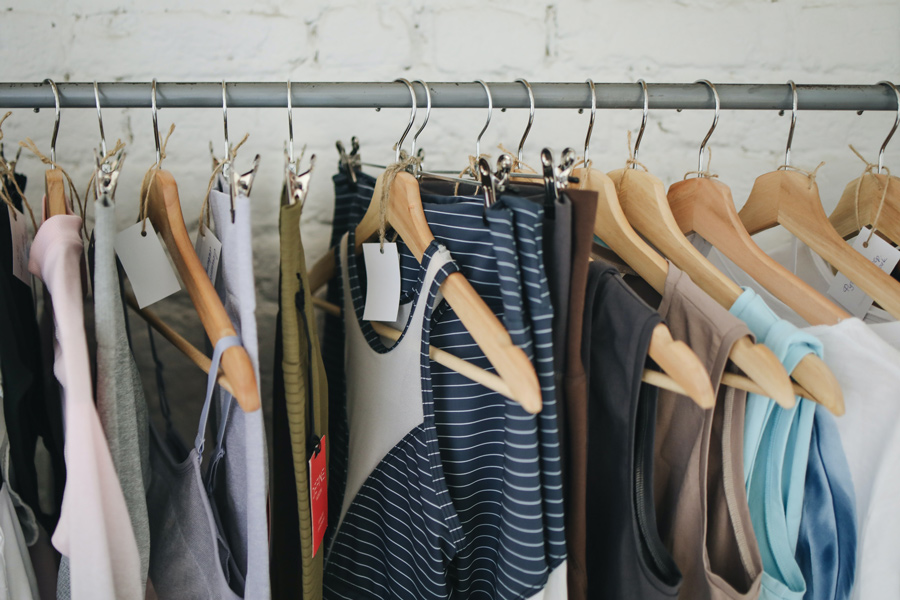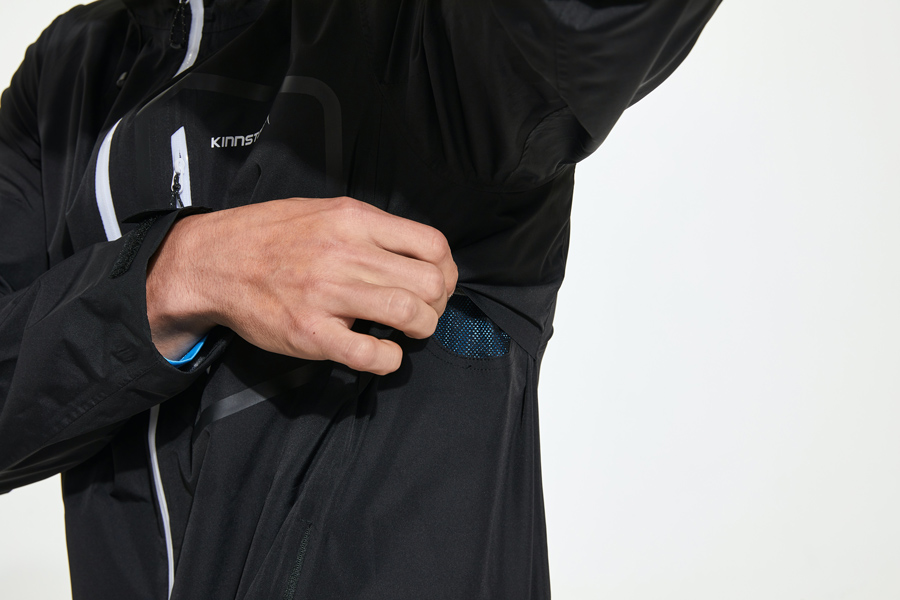If you’re tired of sacrificing comfort for style, you aren’t alone. In fact, up until recently, looking chic and fashionable while feeling relaxed and at ease seemed like an oxymoron.
Then came athleisure, a trendy term for athletic wear that challenges traditional dress codes and has revolutionized the way we approach fashion. The perfect blend of athletic wear and casual clothing, athleisure has become the ultimate style statement of this time period. And it’s more than just a passing fad. It’s a cultural shift that’s here to stay.

Fashion-Forward Athleisure
If you found yourself embracing yoga pants, lining up in a frenzied queue to grab Lululemon wear, or clamoring for Beyonce’s activewear brand Ivy Park, you likely helped usher in the athleisure revolution in the 2010s.
Despite its most recent surge in popularity, athleisure was already a multi-billion-dollar industry. Then the pandemic hit.
Faced with many months of working from home and limited social activities, consumers sought a solution in casual wear that allowed them to look and feel good while staying active and comfortable. They found the answer in athleisure. While the pandemic certainly accelerated this clothing trend, athleisure has remained a staple in today’s fashion industry. And there are no indications that this movement is slowing down.
The athleisure sector is projected to grow from $326 billion in 2021 to $548 billion by 2028. This astonishing projected growth is in part fueled by a continual post-pandemic phase that has found more consumers are engaging in outdoor activities. A SkyQuest market analysis found that consumers are engaging in more individual outdoor sports (81%), at-home fitness (68%), and virtual races like 5Ks (32%).
Yet what makes athleisure so unique in the fashion industry is that the end use of these products may be different from what they were designed for specifically. While sports performance clothing is often designed with technical features, such as the fabric’s ability to draw sweat away from the skin, athleisure is often worn as casual wear that incorporates a fashion design influence.
“One of the major trends driving the athleisure market is the desire for a multifunctional wardrobe,” said Honor Strachan, lead retail analyst at Global Data, in an industry report. “The demand for comfort, style and performance in clothing and footwear has encouraged consumers to include activewear in their core wardrobe–pairing items with denim, dresses or formal wear.”
- Honor Strachan, lead retail analyst at Global Data

Women at the Forefront of Change
At the height of the pandemic in 2020, the greater apparel industry saw a 12% decrease in revenue year over year. Yet it was a different story with the activewear sector, which saw a 57% increase in orders.
Who was at the forefront of these purchases? Women placed 84% more orders, while men’s orders only increased by 20%.
This trend may be due to the fact that women have traditionally been more likely to purchase athleisure wear, as it often includes styles that are specifically designed for women’s bodies and needs. Additionally, with many women working from home and juggling multiple responsibilities, athleisure wear provided a comfortable and practical option for daily wear.

Athleisure: A Trend or Here to Stay?
The rise of athleisure wear has been a major trend in the fashion industry in recent years. While some may have thought that the trend would fade post-pandemic, the reality is quite the opposite.
America’s offices are only 50% full, with many employees choosing to remain at home or working in a hybrid setting. As a result, there is less need for traditional office attire, and athleisure wear is becoming an even more popular choice for daily wear.
In addition to the continual shift toward remote work, there is also a growing emphasis on maintaining a healthy lifestyle. According to an Ipsos survey, 62% of Americans say that their health is more important to them than before the pandemic.
As a result, consumers are wearing activewear more often and integrating it into their everyday wardrobes. A GlobalData survey of 23,000 shoppers across 29 global markets found that consumers are wearing sportswear a couple times per week as part of their wardrobes.
Athleisure wear is no longer just for workouts; it has become a fashion staple for many people.
These trends have contributed to the explosive growth of the global activewear market, which is currently worth nearly $340 billion. These figures suggest that athleisure wear is not just a passing trend, but rather a fashion staple that is here to stay.

Future Trends in Athlesiure
As the athleisure market continues to grow and become increasingly competitive, activewear and athleisure brands need to focus on being inclusive, transparent, open to collaboration, and innovative in order to thrive.
Athleisure’s future in the market looks bright, and its popularity is expected to continue evolving. Now that we know athleisure is likely here to stay, what can we expect in the coming years?
Here are five possible trends that could shape the future of athleisure:
- Prioritization of eco-friendly materials: More athleisure brands may prioritize eco-friendly materials and production methods and offer take-back programs for used clothing as consumers become more environmentally conscious.
- Embracing technology: Advances in smart fabrics, wearable tech and other innovations may play a significant role in creating even more comfortable and functional athleisure clothing.
- Inclusivity for all body types: Athleisure brands may focus on creating clothing for a wide range of body types and abilities as the fitness industry becomes more diverse and inclusive.
- Gender neutrality: Athleisure clothing may shift toward more gender-neutral designs and marketing as consumers seek out comfortable and functional clothing regardless of gender identity.
- Blurring the lines between fitness and fashion: We can expect to see more fashion-forward designs that blur the lines between fitness and fashion as athleisure continues to evolve.
As cultural attitudes continue to shift toward blending fashion and fitness, we’ll likely see an explosion of creativity on the horizon, proving that fashion knows no bounds.





